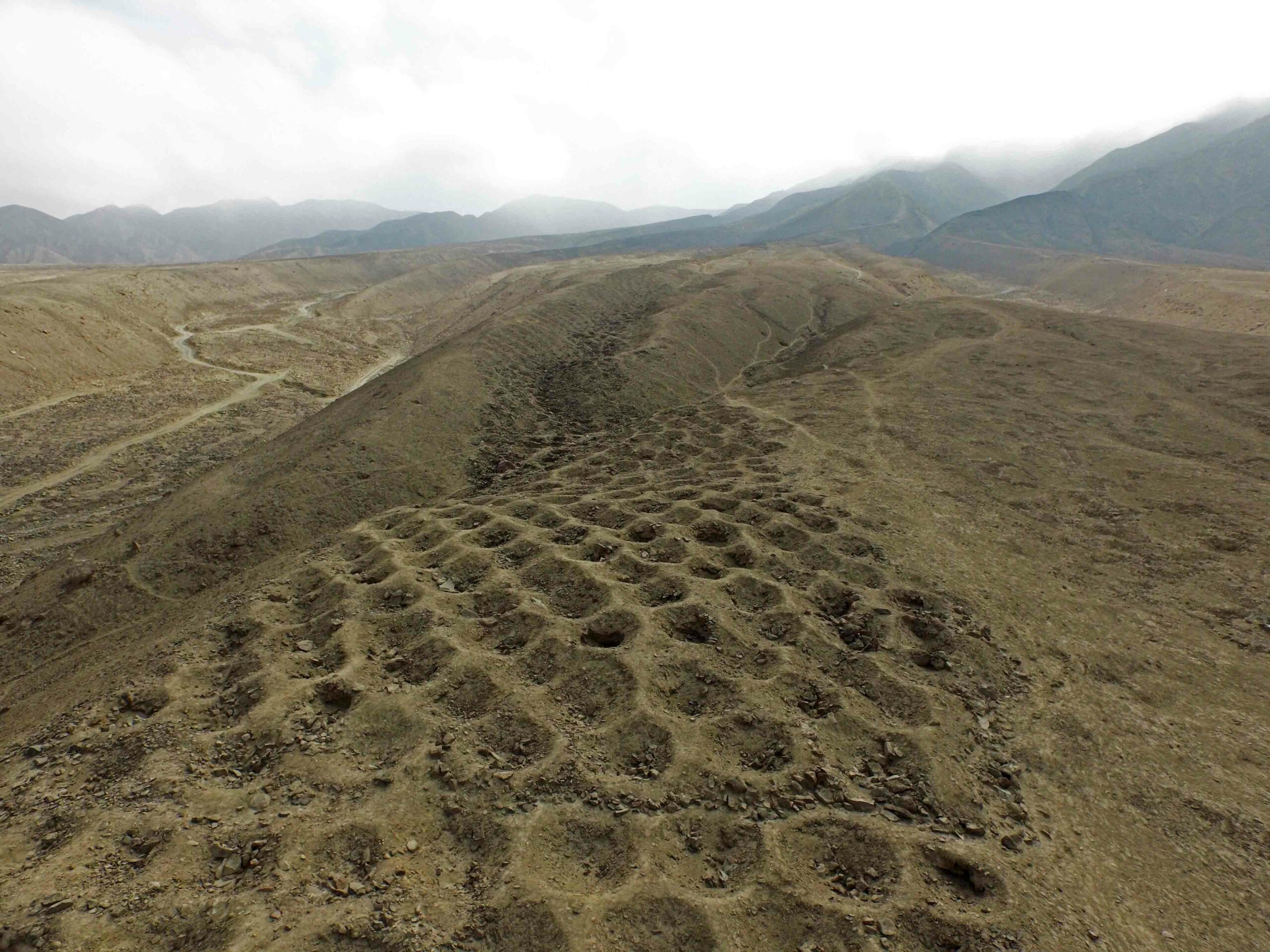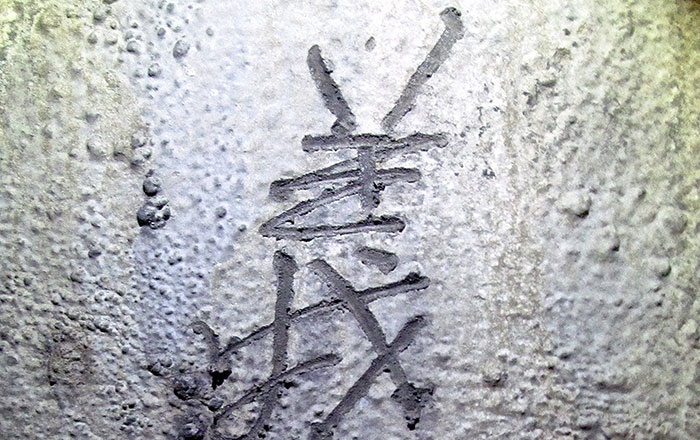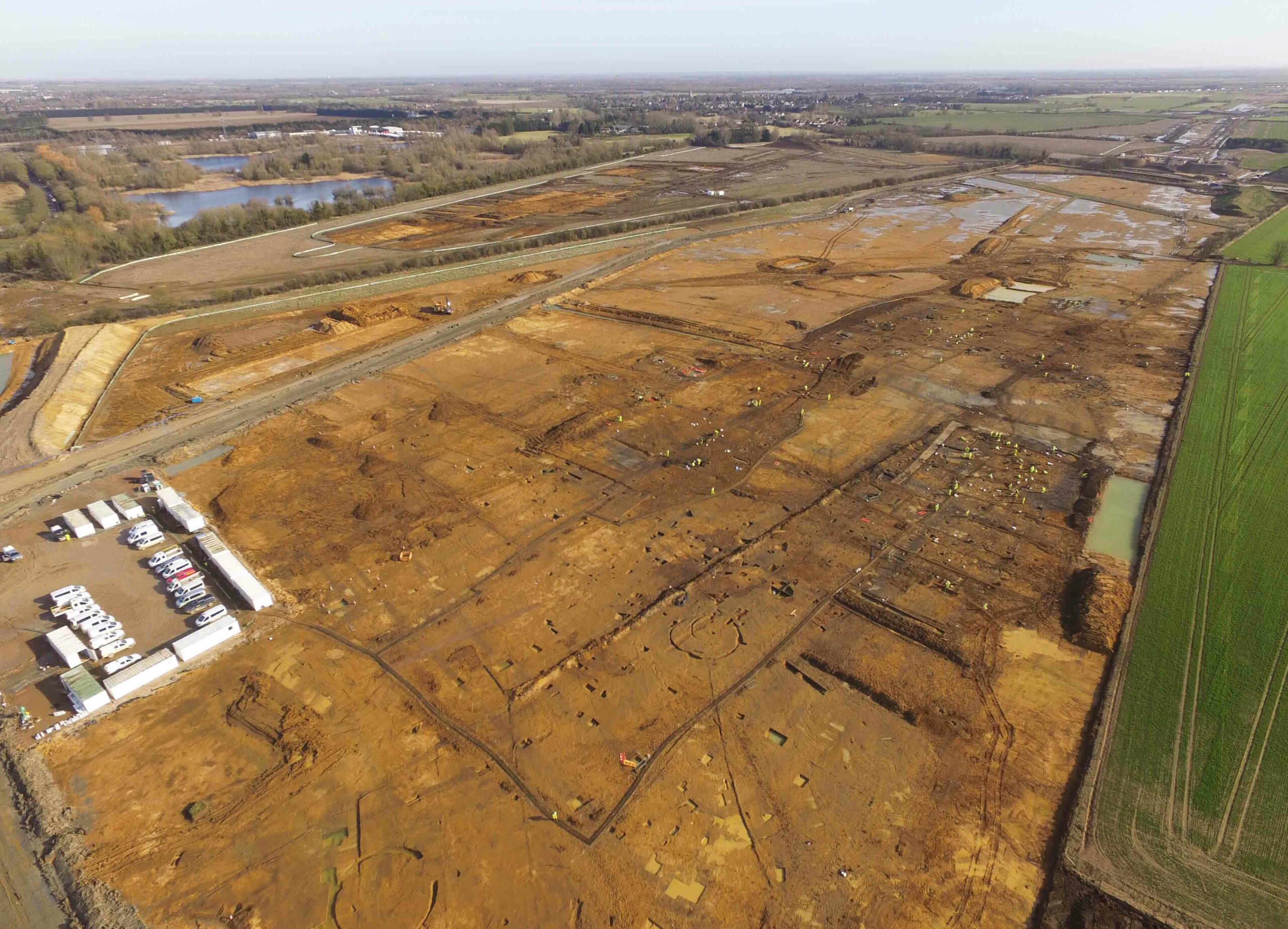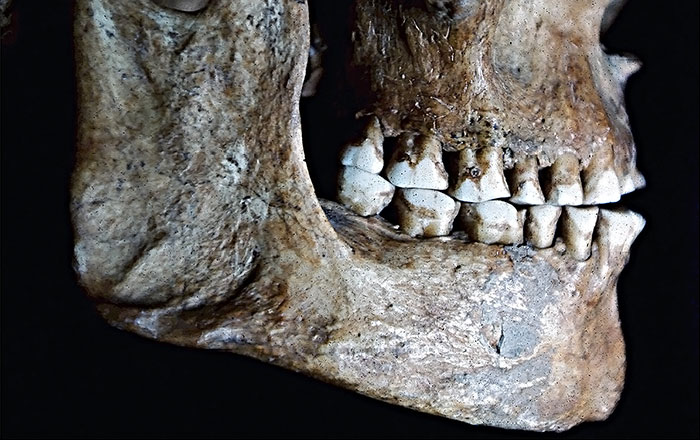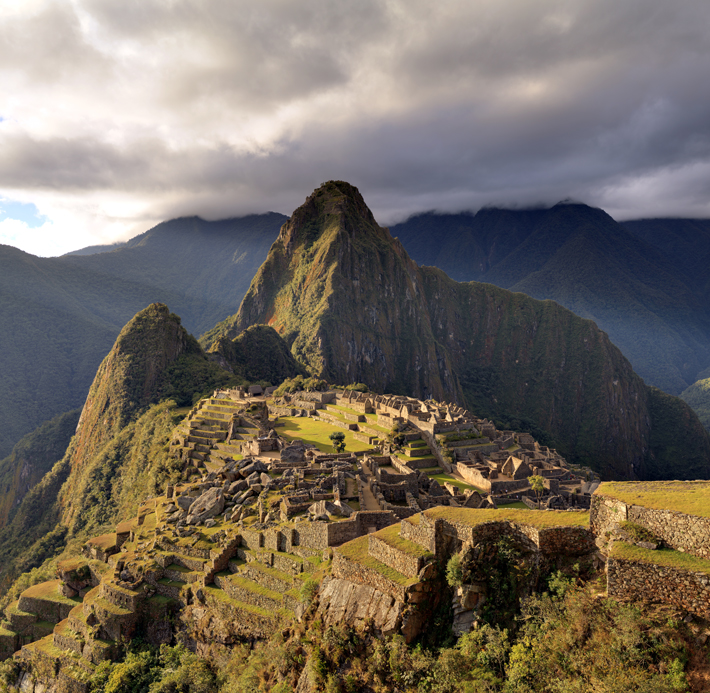
PHOENIX, ARIZONA—According to a Science Magazine report, geologist Rualdo Menegat of Brazil’s Federal University of Rio Grande do Sul suggests that Machu Picchu and several other cities were designed by the Inca to reflect the geologic fractures and faults intersecting underneath them. Using satellite imagery and field measurements, Menegat and his team mapped the fractures and faults beneath Machu Picchu, and found that they occur in sets, which intersect under the sanctuary city. The city’s different sectors and agricultural fields, and even individual buildings and staircases, are oriented along these major fault lines. "Machu Picchu’s location is not a coincidence," Menegat said. "It would be impossible to build such a site in the high mountains if the substrate was not fractured." This fractured substrate, he argues, offered the Inca the advantages of abundant building stone, channels to transport meltwater and rainwater to the site, and drainage to carry away water during intense rainstorms. The layouts of Ollantaytambo, Pisac, and Cusco also reflect intersecting fault lines in the earth, he added. To read about the possible function of thousands of aligned holes in Peru's Pisco Valley, go to "An Overlooked Inca Wonder."





